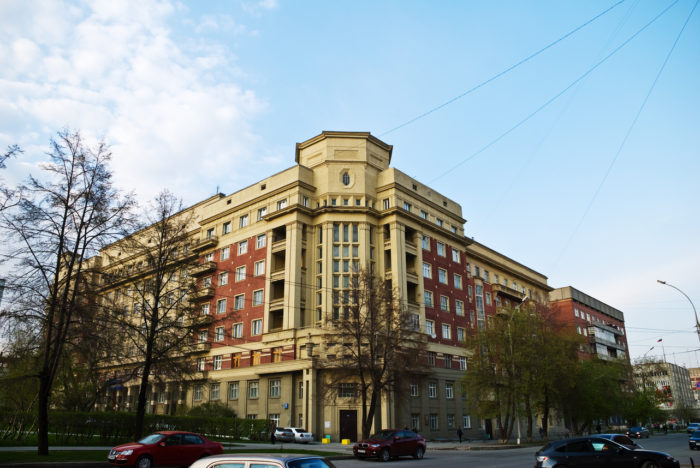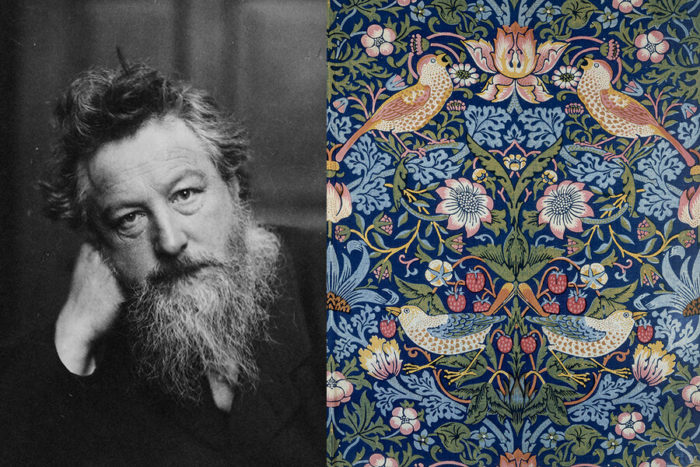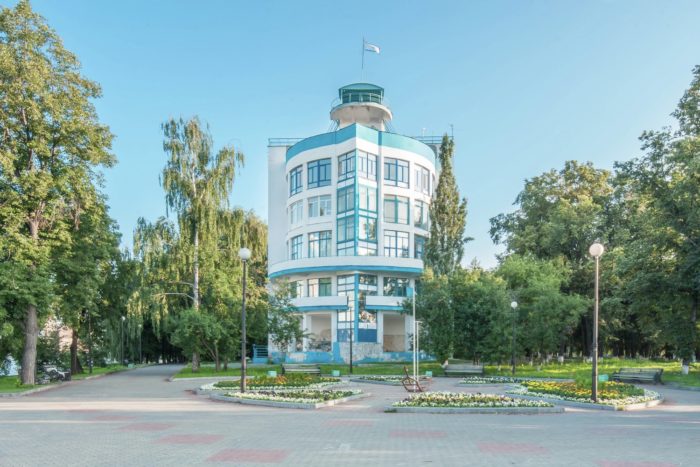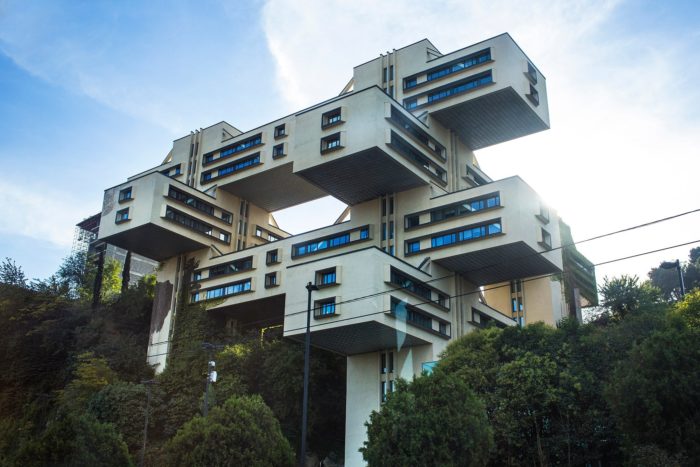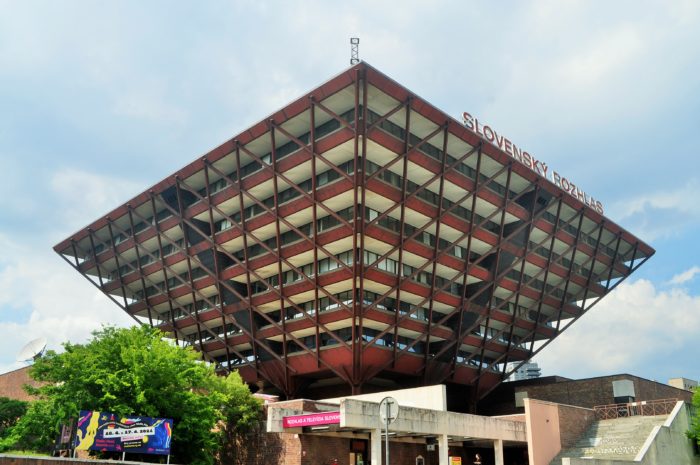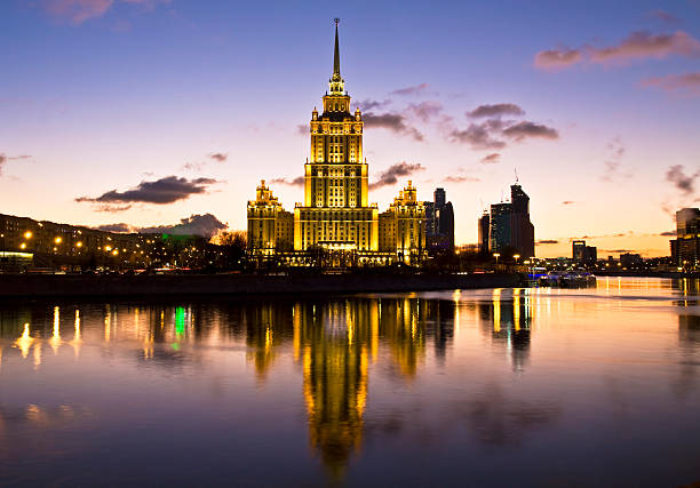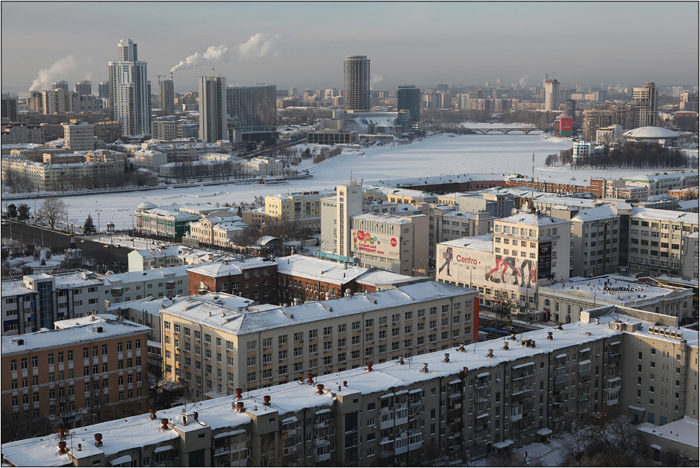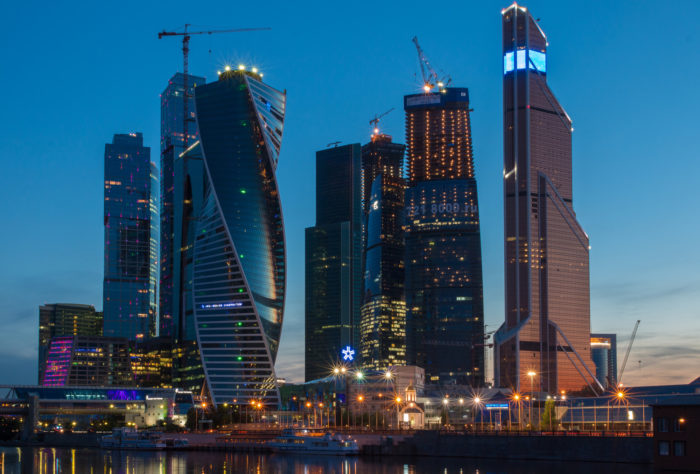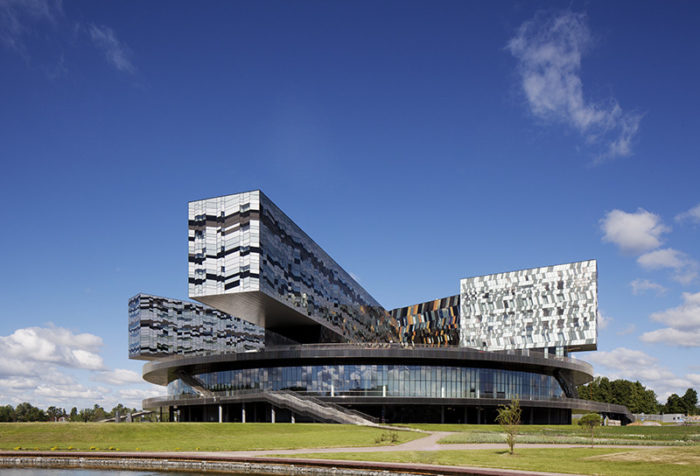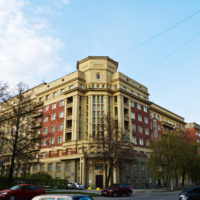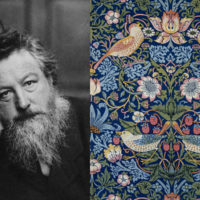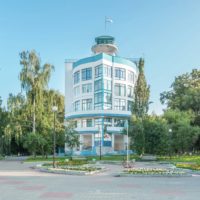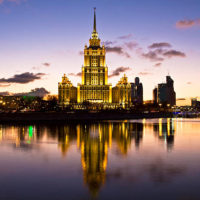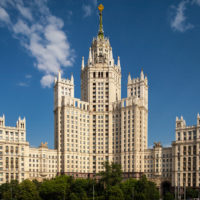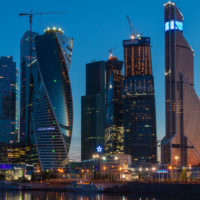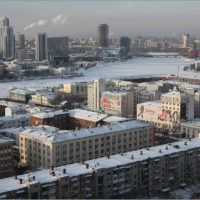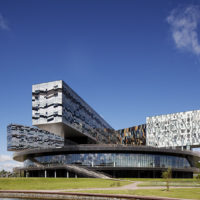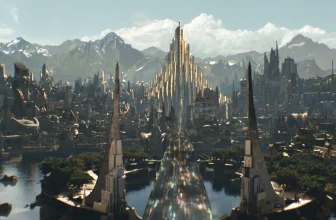The end of World War I ushered in a paradigm shift in global attitudes and practices. Despite its dreadful outward look, World War I saw the introduction of beautiful constructivist architecture. To understand the architectural endeavors that the Soviet Revolution endorsed, it is imperative to comprehend the framework under which the developments and changes occurred. The World was moving towards the modernist era with the idea of bringing a new approach to design principles and philosophy.
Some movements arose from the works of William Morris and John Ruskin, which looked at nature as inspiration. In contrast, other movements, such as the machine age, meant the industrialization of design and a more abstract representation. Along with these developments was the certainty of rivaling political ideologies, profoundly affecting the approach to design, art, and its relevant aesthetic.
Outside of the political playground of the Soviet Union was a more significant, more engaging, and visible field where the ideas were inherited with the Revolution. Architecture and the fine arts presented to the rest of the World what it was to be a communist nation, and the Soviets deemed it fit to expound that very clearly.
Therefore, Constructivist architecture developed with an immense influence from the political climate of the time and location. Further influence came from the governing ideologies within the Fine arts before Stalinist architecture was the constructivist architecture, which was defined by its governing ideals around the truth of materials, their capacity, and restraints. In painting and sculpture, the manipulation of materials to express an idea is inspired by the material’s malleability and bond.
What Was Constructivist Architecture?
Borrowing ideas from cubism, suprematism, and futurism, Constructivist architecture sought to move away from the traditional artistic composition and concerns, replacing it with the ‘makeup,’ or the Construction of materials. The insinuated technical analysis of materials was seen for the benefit of possible mass production that ultimately led to the advancement of the modern communist society.
The movement, in its infancy, was towards the end of 1917 and was in decline by the 1920s. The insistence on material capabilities with little reference to the aesthetic led architects and designers to search for a new plausible means to express workable ideas. Architecture brought together space, place, and construction back then under constructivism. It was clear that this was a move into a new way of design, away from ‘decadence’ into ‘Freshness, simplicity,’ ‘a complete rejection of old forms together with a striving to change the basic principles of the former style.’ (Brumfield, 1999)
Bureaucracy played a distinct role in the procurement, design, and utilization of architecture within the Soviet Union. It was evident that architectural language had to conform to the political direction. Nothing was to be constructed or even designed without the government’s involvement. Everything that was intended was under thorough scrutiny from conception to completion.
Friction between architects and the government was present through the built projects. The mass interference within the field of architecture led to numerous architects moving towards theoretical architecture, where great ideas were explored but never constructed. Numerous examples remain to show the impact this had on built and unbuilt projects. ‘In Moscow I limit myself to teaching and criticism, regarding this city as a dead zone, where it is not possible to do anything real.’ (Leach, 2004)
Unlike their European and American counterparts, the Soviets lacked some of the technological know-how and the finances to achieve the thoughtful level of Construction demanded by the designs. This meant that corners were often cut.
“In 1922, bureaucrats failed to consider the ideas generated by an all-union competition of architects. Here they also “declared that decisions reached by a ‘bureaucratic jury’ would kill the achievements of architects” (Hudson Jr, 1994)and architecture. Experimentation within the general form of Constructivist architecture was evident within the Soviet Union. However, the physical representation of architecture and its evolution was deterred by bureaucratic misgivings. On the other hand, ”planning and building in the former Soviet Union was neither centralized nor uniform, but a very diverse, complex and regionally specific phenomenon’. (Marboe, 2012)
After constructivist architecture came to Stalinism, this movement is best described as “the replacement of liberal constructivism – all glass walls and transparency, broken down barriers and open spaces – with Stalinism wasn’t pure ideology; frankly many of the Constructivist architecture buildings weren’t very well designed for what they were, but it did herald a turn in the direction of Russia.” (Goodwin, 2015)
Russia, after the Soviet Union, redirected its attempts to establish itself as part of the Western World. Russia has sought to design and build architecture to entice the rest of the World by investing in its future. Recent developments such as the economic crash and somewhat undesirable political stands have deterred the claim of Russian rise.
Again we can establish some similarities between Constructivist architecture and Modern day Russia. In the architectural language, there are signs of politics. The Constructivist architecture ideals looked to the horizontal, moving away from the idea of the individual supreme power towards the collective. The social dynamic meant that the collective became the reason to design.
In contrast, President Putin’s reign has resorted back to past political identities. Like Stalinist ideas in Architecture, Putin has sought to reestablish the vertical in its architectural forms to draw the eye to the height of the buildings, thus illustrating political strength similar to Stalin. In the showcase of power or the rise of it, Russia’s political identity is rooted in the form of its architecture.
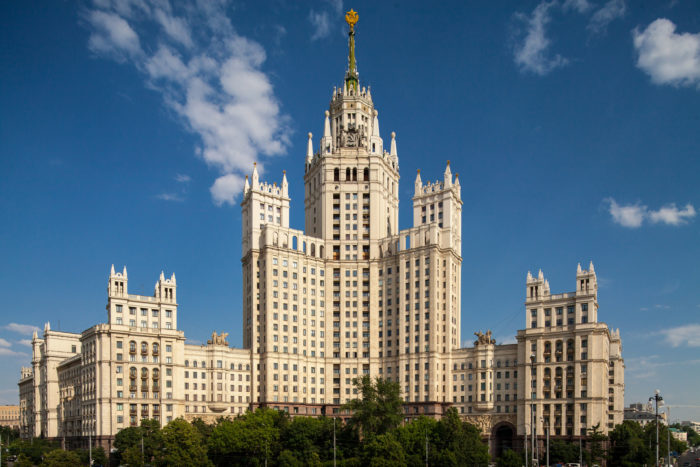
The Kotelnicheskaya Embankment Building shows Putin’s influence on Russian architecture. ©Sergey Norin, Flickr
Constructivist architecture ideas are modernized and flipped on their side to be reused in the conception of the design for these contemporary buildings. Like previous forms of government, projects that showed promise on paper have often fallen short in their physical representations.
An example is the business district which has declined in occupancy as well as a change in the demographic of its occupants. Russia’s cities in ‘”the last twenty years of architecture have added little but bog-standard steel – and – glass office blocks to the limited palate of the Russian cityscape.” (Zinatulin, 2015) The look of the buildings that occupy the city of Moscow and its neighboring districts may show a contemporary language. However, the ideas and problems plaguing past architectural development within Russia still rail its head in the modern era. The causes, although dissimilar, have a similar outcome.
In the Image above, the form is indicative of Constructivist architecture. Seen in constructivist paintings and appearing in the writings of the Soviet era, the building is almost typical of its style. It emphasizes the horizontal along with the use of common geometric shapes, representing within it the ideologies of its philosophy.
The façade uses repetition and precise placement of the ribbon widows in both the vertical and horizontal plane while emphasizing the forms within the whole with a clear differentiation between solid and void. This is the general aesthetic of its façade is void of other interruptions. This idea is repeated in the form of skyscrapers that litter the financial district of Russia’s capital—the emphasis changes to the vertical, similar to Stalinist architecture in its implication. Coincidentally, the involvement from the government remains with emphasis on a different socioeconomic issue.
In the more private arenas, Russian architecture has seen some rebellious evolution. In 2010 David Adjaye of Adjaye Associates designed a building for the Moscow School of Management. He drew his inspiration from the work of the Russian Avant-garde artist Kazimir Malevich. Adjaye’s design reflects the painter’s work’s ideologies and Russian architecture’s rebellious nature. The façade and the form use horizontality and other ideas inspired by Malevich to create a uniquely persuasive piece.
It is clear that Russian architecture has had many influences throughout its history. Whether under the strong hand of the governments or by the philosophical Constructivist architecture and other design movements. Although unique architecture has risen throughout the different eras, architecture remains a language that reminisces on past ideas.
- ©Павел Просветов
- “Strawberry Thief” 1883, by William Morris. ©Victoria and Albert Museum, London.
- ©Denis Esakov
- Bank of Georgia. ©Backstone Construction
- Slovak radio building. in Bratislava. ©Wikimedia Commons
- Moscow, hotel “Ukraine”. ©iStock
- The Kotelnicheskaya Embankment Building. ©Sergey Norin, Flickr
- Moscow’s International Business District. ©Kirill Vinokurov
- ©Vova Pomortzeff
- Moscow School of Management / Adjaye Associates & AB Studios. ©Ed Reeve


